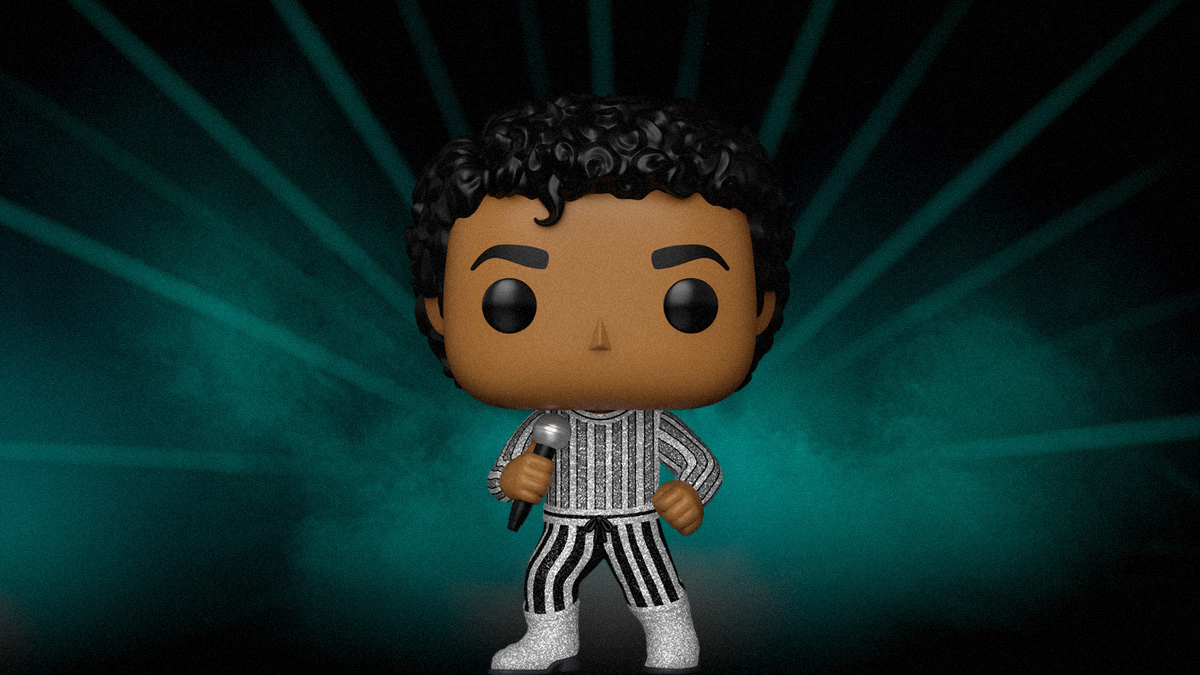Court Report
Dr White resumes his testimony today and the Prosecution has asked for a delay in cross-examination until Monday.
Mr Flanagan continued to discuss Dr Shafer’s diagrams and models of the drugs Propofol and Lorazepam, which Murray said in his police statement he had given to Michael on the morning of his death. Dr White answered all questions but his answers were speculative and sometimes difficult to understand by a layman. At one time he made the point that a doctor must be properly trained to give any form of anaesthesia and to rescue his patient should anything go wrong. Flanagan produced documentary evidence of Murray’s certification from the Sunrise Hospital in Las Vegas showing that he was approved to administer conscious sedation, monitor, rescue and manage compromised airways. Also to provide ventilation for a patient that stops breathing. Dr White stated that some of Dr Shafer’s graphs were not representative of what actually happened to Michael. For example; In one graph the illustration showed that Murray had begun to give Michael a sedative before he even arrived home. That graph had subsequently been amended.
Before the mid-morning break the questions turned to the amount Lorazepam being taken orally by tablet by Michael himself and went on to discuss the minute level of Lorazepam in his stomach at autopsy. The court was also told that no Lorazepam would appear in the stomach if it were given intravenously.
Dr White was then asked if it was rational for Michael, while in deep sedation, to inject himself. He answered that it was ludicrous because it would have been too difficult for him to even draw up 5ccs of Propofol into a syringe. It was not, to him, a realistic possibility. The answer would be the same with Lidocaine. The stated dose of 300mls was huge and obviously toxic.
Dr Shafer’s idea of drawing up a 25mls bolus of Propofol depicted a rapid bolus over thirty seconds. Much more dissection of Dr Shafer’s findings took place, with Dr White even illustrating the use of an IV using Murray’s statement to the police. He demonstrated that if the Propofol had been in a bottle in a slit IV bag, that bag and the complete length of the tubing would have been stained by the stickiness of the Propofol.
Using the actual Propofol bottle found at the scene, he demonstrated that the hanging clip on that bottle had never been engaged. There had been no advantage by putting the bottle into a slit IV bag, as the saline and Propofol would not be able to flow properly. He confirmed that he knew of no reason why anyone would hang Propofol in an IV bag and he had never seen this technique used before. The only way it would have worked would be to use a spike to open the flow of the Propofol, place it inside the IV saline bag and shake it up so that the two fluids mixed. This obviously did not happen as there was no staining inside the IV bag, just in the distal end of the tubing, indicative of using a syringe.
Flanagan asked if there was any evidence of an infusion, Dr White replied that there was and it was entirely possible that Michael had died exactly at the end of the infusion. The circulation would have stopped and therefore the infusion would cease. He then went on to other diagrams of his scenario of what happened that morning.
In his opinion, between 10.40a.m. and 10.45a.m. 25 mls of Propofol and 25 mls of Lidocaine were infused into Michael. Prior to noon, Michael self-administered the same amounts of each drug, resulting on the peak concentration of unchanged Propofol in the Femoral blood found at autopsy and the same result found in the urine recovered at autopsy.
Flanagan asked Dr White directly if he thought that Michael had self-administered the drugs that killed him and he replied; “Yes.” Asked if his scenario matched with Murray’s statement to the police, he again answered; “Yes.” With the evidence found at the scene? “Yes,” he said. With the urine concentrations? He answered; “Yes.”
Court was recessed until Monday at 8.45a.m.
Source: MJWN
 Est. 1998
Est. 1998











